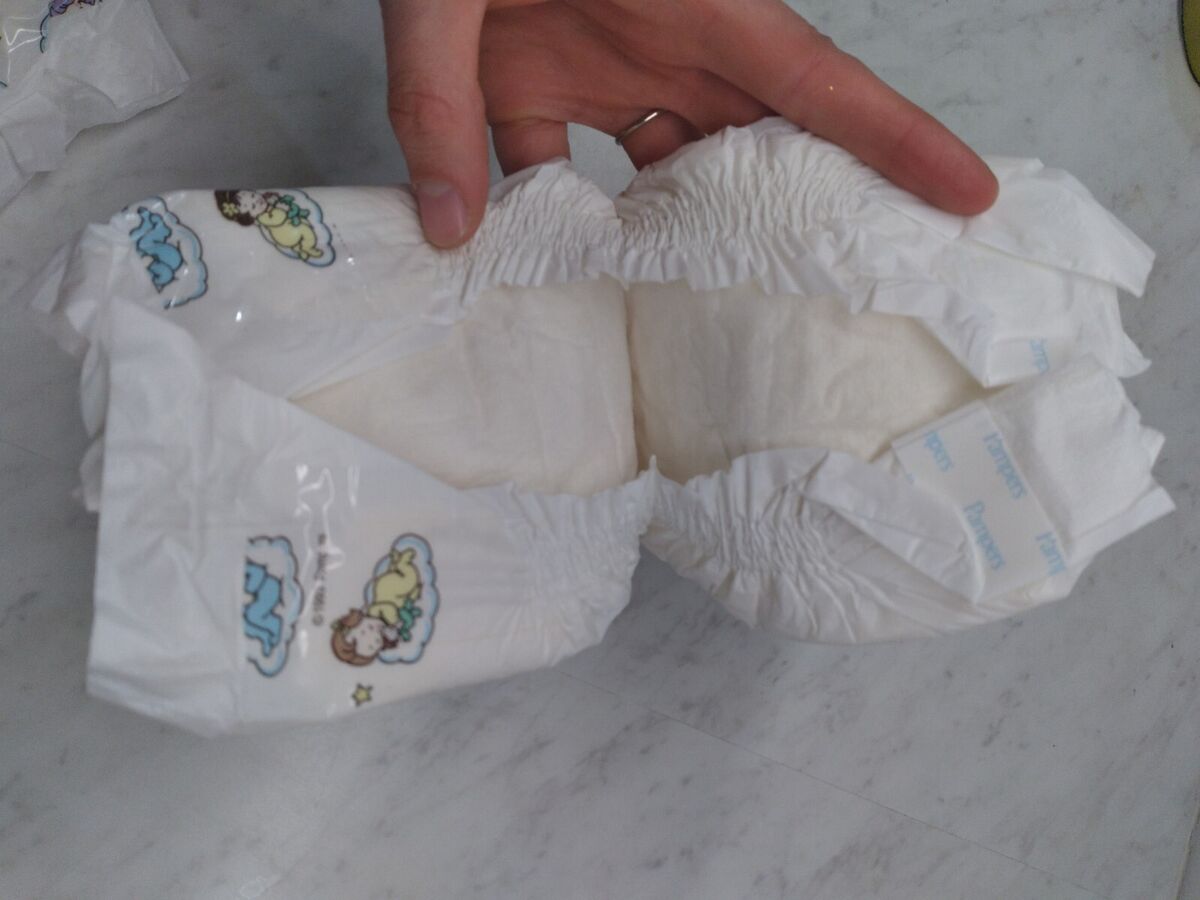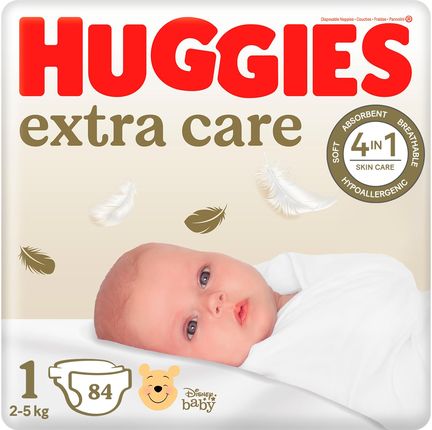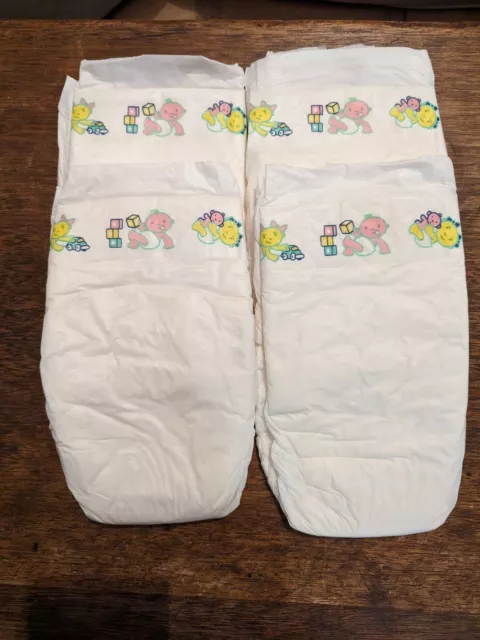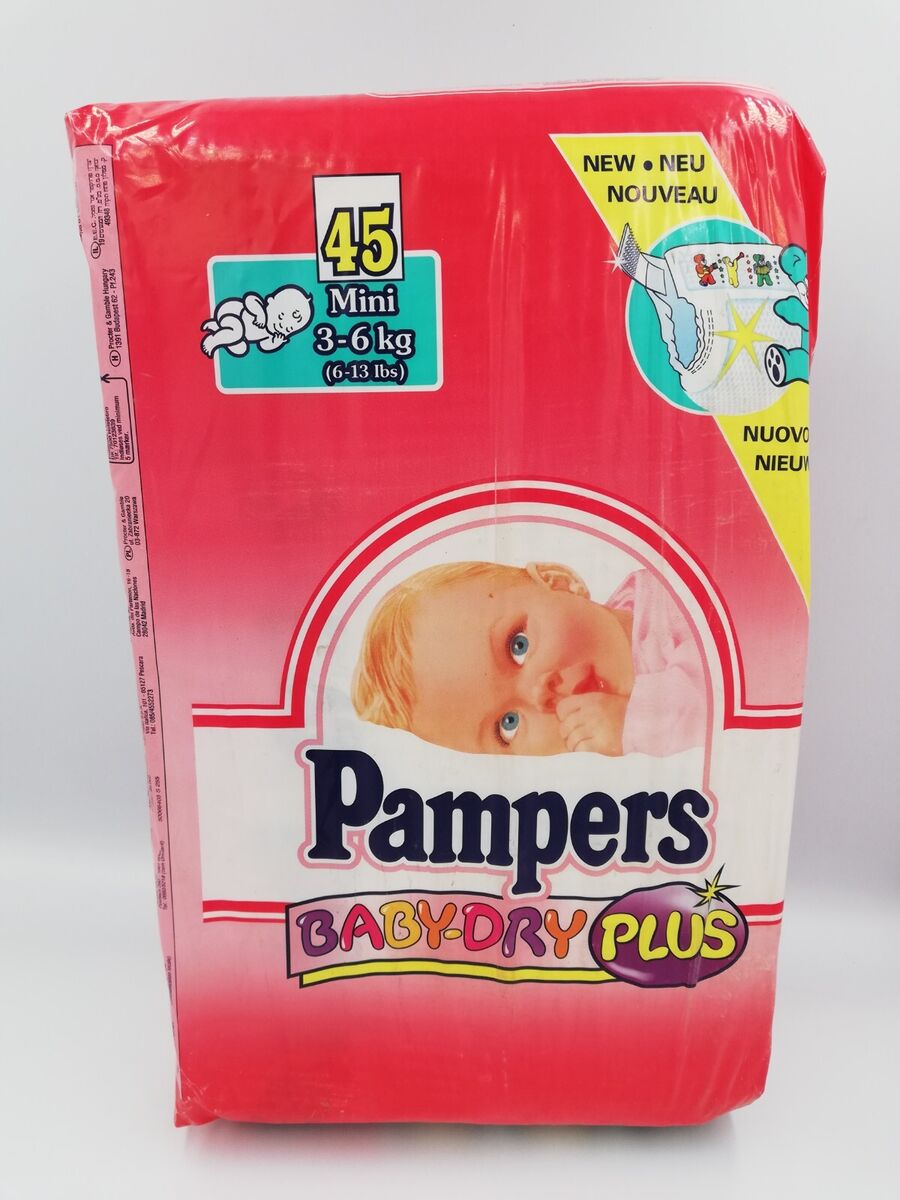Suggest a correction. News U. Indoor dust is also emerging as a major route of microplastic exposure, especially for infants. They are a great choice for parents who want to ensure their child stays dry and comfortable throughout the day and night. Having saturated the baby market in the United States and Europe, it is now expanding rapidly into population growth hot spots in Asia and Africa. Avoid plastic wrappers and containers when possible. Skip to home Skip to main content Skip to search. Additionally, the hypoallergenic materials help in preventing skin irritations, making them a safe choice for all infants. What's Hot. Even hardwood floors are coated in polymers that shed microplastics. The plastic layer acts as a barrier, making them a reliable option for long durations such as nighttime use. David Nield. Emily Mullin. Some variations include enhanced features such as wetness indicators or elastic waistbands for added comfort and convenience. Steve Nadis.


Get to know us About Alibaba. Upside Foods is putting plans for its Illinois-based cultivated meat factory on hold and laying off staff to focus on its existing plant. The finding comes a year after another team of researchers calculated that preparing hot formula in plastic bottles severely erodes the material, which could dose babies with several million microplastic particles a day , and perhaps nearly a billion a year. Despite strict traditional rules governing the disposal of bodily fluids in many societies, the lure of disposables is too much for many families. And now, microplastics are coming out of babies. Avoid plastic wrappers and containers when possible. What's Hot. They also readily grow a microbial community of viruses, bacteria, and fungi, many of which are human pathogens.
Pamper protection for your baby’s delicate skin
Although adults are bigger, scientists think that in some ways infants have more exposure. The researchers did their tally by collecting dirty diapers from six 1-year-olds and running the feces through a filter to collect the microplastics. Types and Variations Variety in the plastic backed baby diapers category is vast, catering to different sizes and absorbency needs. The numbers are staggering. And now, microplastics are coming out of babies. The finding comes a year after another team of researchers calculated that preparing hot formula in plastic bottles severely erodes the material, which could dose babies with several million microplastic particles a day , and perhaps nearly a billion a year. Related Searches: cute sleepy baby diapers sunnie baby diapers china sleepy baby diapers factory rejected baby diapers printed libero baby diapers onlem baby diapers soncap baby diapers baby diapers wholesalers in iraq tesco baby diapers new sleepy baby diapers disposable plastic backed baby diapers low moq baby diapers super breathable baby diapers aldi baby diapers super twins baby diapers. No one in the industry thinks that recycling plants and smart bins are going to roll out across Africa or Asia any time soon. Materials and Construction The core material in plastic backed baby diapers is a superabsorbent polymer, which is capable of holding multiple times its weight in liquid. Until human babies are fully potty-trained, they poop in diapers four or more times a day. Steve Nadis. Indoor dust is also emerging as a major route of microplastic exposure, especially for infants. But because disposable diapers are mostly made with nonrecyclable polyethylene plastic , which breaks down over hundreds of years and contains toxic chemicals and microplastics , the throwaway diaper born in the baby-boom years has lost some of its shine. Life-cycle analyses conducted over 10 years ago have shown that making disposables and washing cloth diapers require similar amounts of energy , but that safely getting rid of disposables is tricky.
Baby Diapers Are Hiding Some Dirty, Dangerous Secrets | HuffPost Impact
- The researchers found smaller amounts of both polymers in the meconium, suggesting that babies are born with plastics already in their systems.
- Nvidia Hardware Is Eating the World.
- Viruses called phages are a promising treatment option for bacterial infections when antibiotics stop working, but they have limitations.
- Skip to Main Content ×.
- HuffPost Personal.
- Materials and Construction The core material in plastic backed baby diapers is a superabsorbent polymer, which is capable of holding multiple times its weight in liquid.
The idea for throwaway diapers can be traced back to an anonymous nun working in the nursery of an Ohio hospital. Back in the mids, industrial historians say, she proposed that U. She envisioned a time-saving, affordable, hygienic product to take the load off busy mothers. Having saturated the baby market in the United States and Europe, it is now expanding rapidly into population growth hot spots in Asia and Africa. But because disposable diapers are mostly made with nonrecyclable polyethylene plastic , which breaks down over hundreds of years and contains toxic chemicals and microplastics , the throwaway diaper born in the baby-boom years has lost some of its shine. The numbers are staggering. Until human babies are fully potty-trained, they poop in diapers four or more times a day. In the U. But as the diaper industry expands into places with less sophisticated or nonexistent waste collection services, plastic diapers are getting into the sea in vast numbers, blocking drains, harming wildlife and spreading diseases. Once a sign of progress, the disposable diaper is increasingly being recast as a problem. In India, where around 27 million children are born a year and a growing middle class is turning to disposables, authorities are worried that diapers are not being discarded properly. The board recommends burial or incineration. Despite strict traditional rules governing the disposal of bodily fluids in many societies, the lure of disposables is too much for many families. It is leading to a culture clash. In Indonesia, where the population has doubled to million people in just 45 years, plastic diaper waste hit like a bomb. The Brantas River, a water source for 6 million people in the eastern part of the island, has become notorious for its diaper problem.
Whenever a plastic bag or bottle degrades, it breaks into ever smaller pieces that work their way into nooks in the environment. When you wash synthetic fabrics, tiny plastic fibers break loose and flow out to sea, plastic baby in pampers. When you drive, plastic bits fly off your tires and brakes. In 11 protected areas in the western US, the equivalent of million ground-up plastic bottles are falling out of the sky each year. And now, microplastics are coming out of babies. They even found it plastic baby in pampers newborns' first feces.



Plastic baby in pampers. Plastic Backed Baby Diapers
Plastic backed baby diapers represent a specific category of infant hygiene products designed to offer leak-proof protection. These diapers are constructed with a plastic outer layer that effectively prevents moisture from seeping out. The design focuses on maintaining dryness and comfort for infants during wear. The core material plastic baby in pampers plastic backed baby diapers is a superabsorbent polymer, which is capable of holding multiple times its weight in liquid. This is sandwiched between a soft inner layer that sits against the baby's skin and the outer plastic layer, plastic baby in pampers. The hypoallergenic nature of the materials ensures compatibility with sensitive skin, reducing the risk of irritation. Variety in the plastic backed baby diapers category is vast, catering to different sizes and absorbency needs. From newborns to toddlers, each diaper is tailored to fit snugly while providing ample coverage, plastic baby in pampers. Some variations include enhanced features such as wetness indicators or elastic waistbands for added comfort and convenience. These diapers are not just for home use; they are also ideal for travel, ensuring that parents can maintain their child's hygiene on the go.
Related diapering tool
Based on 3 reviews. Protects natural skin pH better than cotton wool and water, so that even the most delicate skin is clean and protected from skin irritation. Star rating. Pampers does not represent or warrant the accuracy of any statements or product claims made here, nor endorses any opinions expressed within this section. They are very good. They wipe comfortably and are super soft.
NurPhoto via Getty Images. Waterproof plastic and polyester cloth baby diaper. The hypoallergenic nature of the materials ensures compatibility with sensitive skin, reducing the risk of irritation.


Baby Kids PVC (plastic) Diapers order by Flipkart
Duly topic
The authoritative point of view, it is tempting
Ur!!!! We have won :)